Don't hesitate to send a message
Why can the front motor layout significantly improve vehicle handling stability?
From the perspective of vehicle weight distribution, the front motor layout plays a key role in optimizing the front and rear weight distribution of the vehicle. In traditional automobile structures, the engine is usually located at the front, while electric vehicles use a front motor layout, which can further adjust this weight distribution pattern. Take the FAW-Volkswagen ID series as an example. It adopts a front motor design, and the motor is reasonably placed in an appropriate position at the front of the vehicle. This layout makes the weight borne by the front and rear axles of the vehicle more balanced, effectively lowering the center of gravity of the vehicle. After the center of gravity is lowered, the vehicle can reduce the roll or tail swing caused by the center of gravity shift when turning at high speed or encountering an emergency situation and needing to change lanes urgently. When the vehicle enters a curve at a higher speed, due to the low center of gravity and uniform front and rear weight distribution, the body can better maintain a stable posture, the tires are more fully in contact with the ground, and the grip is enhanced, thereby greatly improving the handling stability, allowing the driver to be more calm and confident when facing complex road conditions.
The front motor layout also performs well in improving driving efficiency and power response. The Denza model adopts a front motor layout, which makes the connection between the motor and the drive system more direct. As a power source, the electric motor can quickly convert electrical energy into mechanical energy and directly drive the wheels to rotate. Compared with some other layout methods, the front motor layout reduces the intermediate links in the power transmission process, reduces the energy loss in the transmission process, and significantly improves the driving efficiency. In actual driving, when the driver steps on the accelerator pedal, the front motor can respond quickly and output strong power instantly, allowing the vehicle to start or accelerate quickly. This rapid power response allows the driver to control the vehicle more accurately. When overtaking, changing lanes, etc., the driver can control the speed and driving trajectory of the vehicle more freely, enhance the sensitivity of control, and thus effectively improve the control stability.
The front motor layout also has unique advantages in structural simplification and overall balance. This layout usually has a relatively simple structure, reducing the complex mechanical connections and transmission components inside the vehicle. This simple structure is not only convenient for daily maintenance and repair of the vehicle, reducing maintenance costs and time, but more importantly, it is conducive to the overall balance and weight distribution of the vehicle. Complex mechanical structures often introduce more unstable factors, such as wear and looseness of transmission components, which may affect the vehicle's handling performance. The front motor layout reduces these potential unstable factors by simplifying the structure, making the vehicle more stable and reliable during driving. At the same time, the front motor layout helps to achieve the unified integration of four key components, including motor direct drive wheels, gearbox transmission drive, differential two-wheel drive, and brushless motor left and right steering drive with the front wheel as the guide shaft. This highly integrated design makes the various systems of the vehicle work more efficiently, further improving the overall performance and handling stability of the vehicle.
The front motor layout can also enable the vehicle to better adapt to a variety of driving scenarios, thereby providing a smooth and efficient driving force under different road conditions. The Qizhi EV is equipped with a front motor, which can show excellent handling stability whether it is frequent start-stop on urban roads, high-speed driving on highways, or complex road conditions such as mountain bends. In congested urban road conditions, the front motor can quickly respond to the driver's acceleration and deceleration commands, making the vehicle more stable during the stop-and-go process and reducing passenger discomfort. On the highway, the stable power output provided by the front motor allows the vehicle to maintain a stable driving speed, and the driver can easily control the vehicle without frequently adjusting the throttle. On curved mountain roads, the low center of gravity and balanced weight distribution brought by the front motor layout make the vehicle more stable when turning. The tires can grip the ground tightly, ensuring that the vehicle passes through the curves safely and smoothly, bringing a comfortable driving experience to the driver, which fully demonstrates the role of the front motor layout in improving handling stability.
-
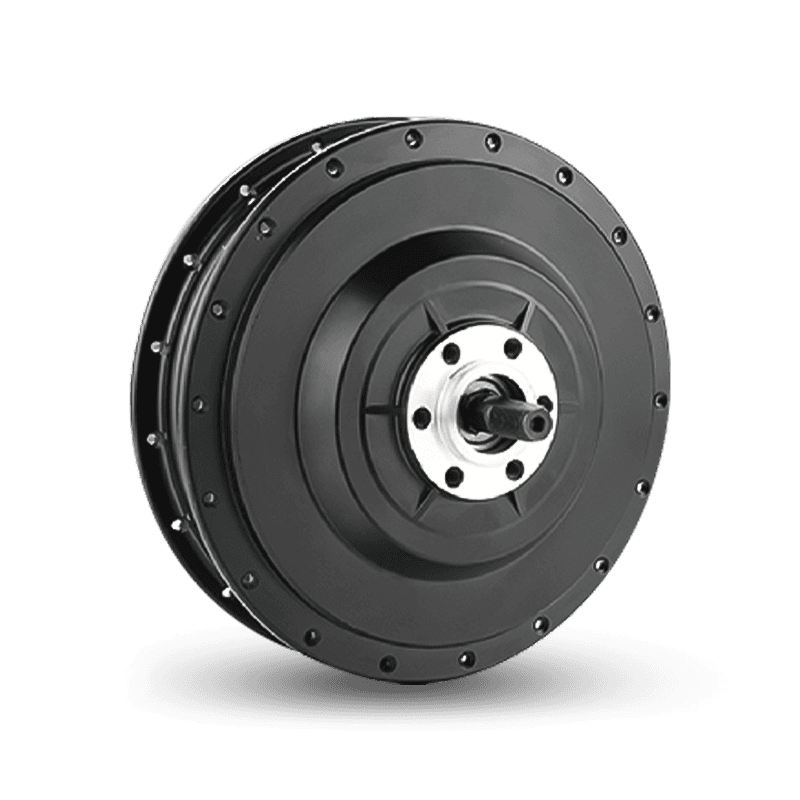 E-Type F500 Front Hub Motor
E-Type F500 Front Hub MotorThe E-Type F500 front hub motor is designed for E-Cargo and E-MTB bikes, offerin...
-
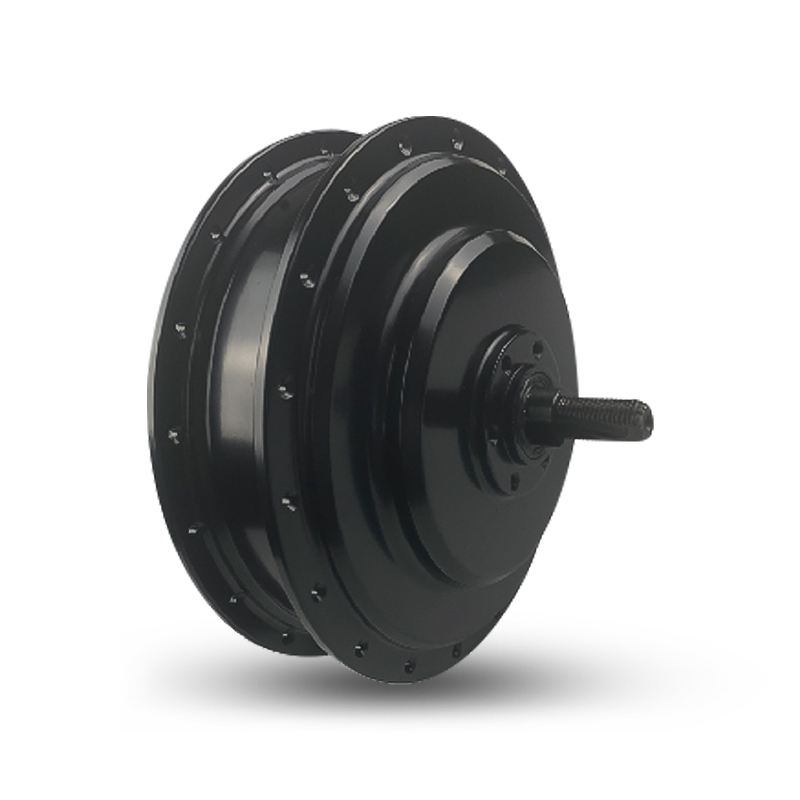 E-Type Pro RC750 Rear Hub Motor
E-Type Pro RC750 Rear Hub MotorThe E-Type Pro RC750 Rear Hub Motor is designed for E-Cargo and E-MTB bikes, com...
-
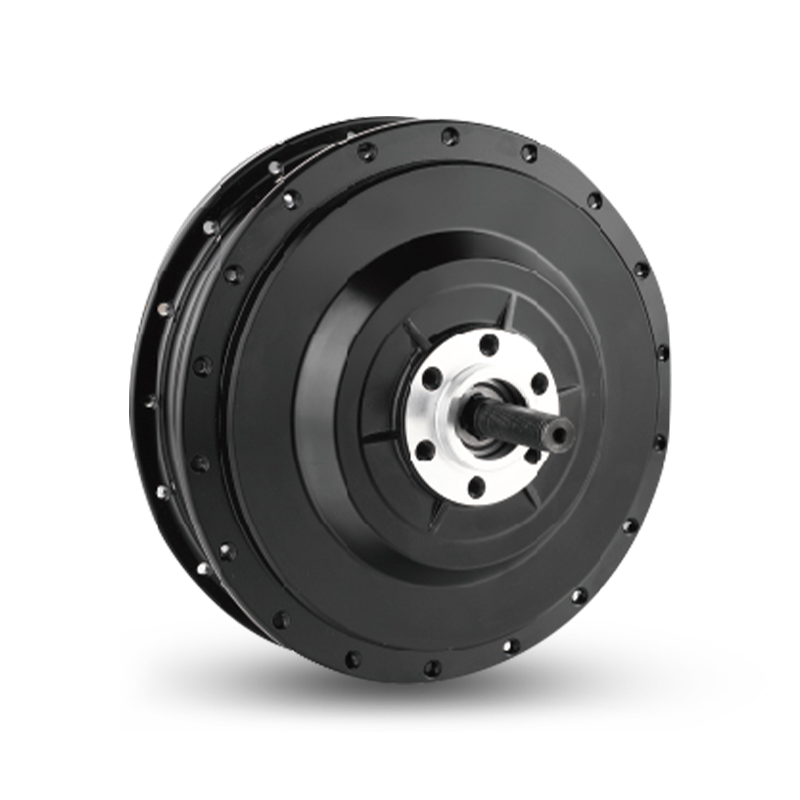 E-Type RF500 Rear Hub Motor
E-Type RF500 Rear Hub MotorThe E-Type RF500 Rear Hub Motor is designed for E-Cargo and E-MTB bikes, compati...
-
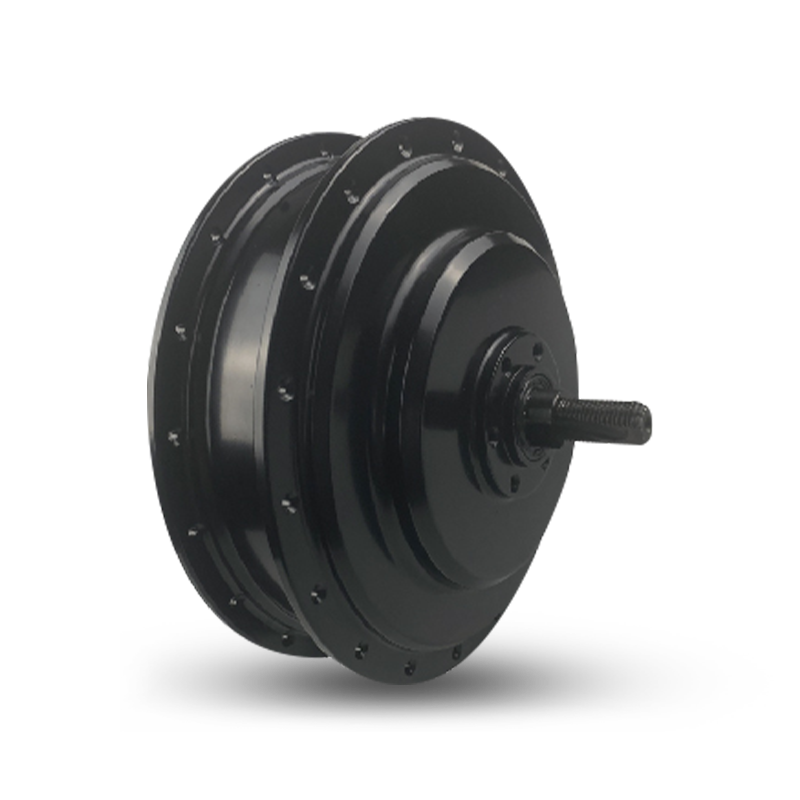 E-Type Pro RF750 Rear Hub Motor
E-Type Pro RF750 Rear Hub MotorThe E-Type Pro RF750 Rear Hub Motor is designed for E-Cargo and E-MTB bikes, com...
-
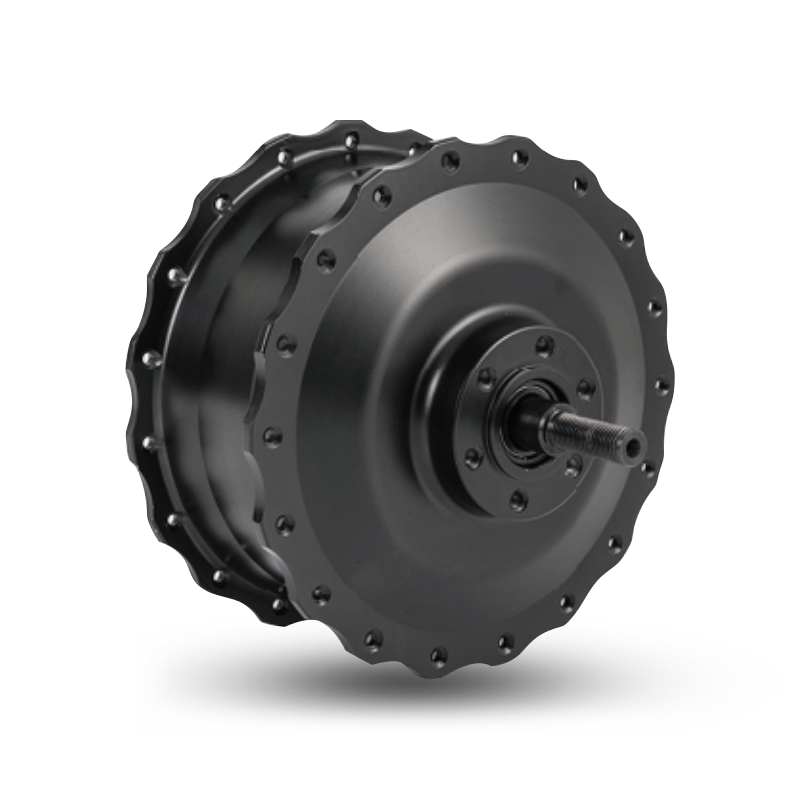 S-Type Pro F1500 Front Hub Motor
S-Type Pro F1500 Front Hub MotorThe S-Type Pro F1500 front hub motor, designed for E-Carao and E-Fat bikes, offe...
-
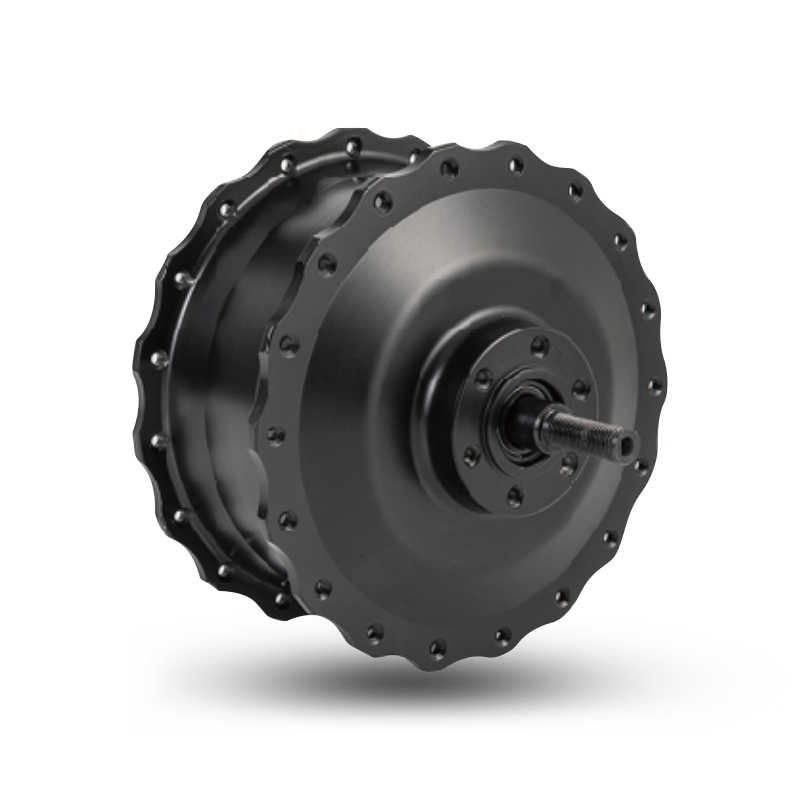 S-Type F750 Front Hub Motor
S-Type F750 Front Hub MotorS-Type F750 is designed for E-Cargo and E-Fat. The rated power ranges from 500W ...
-
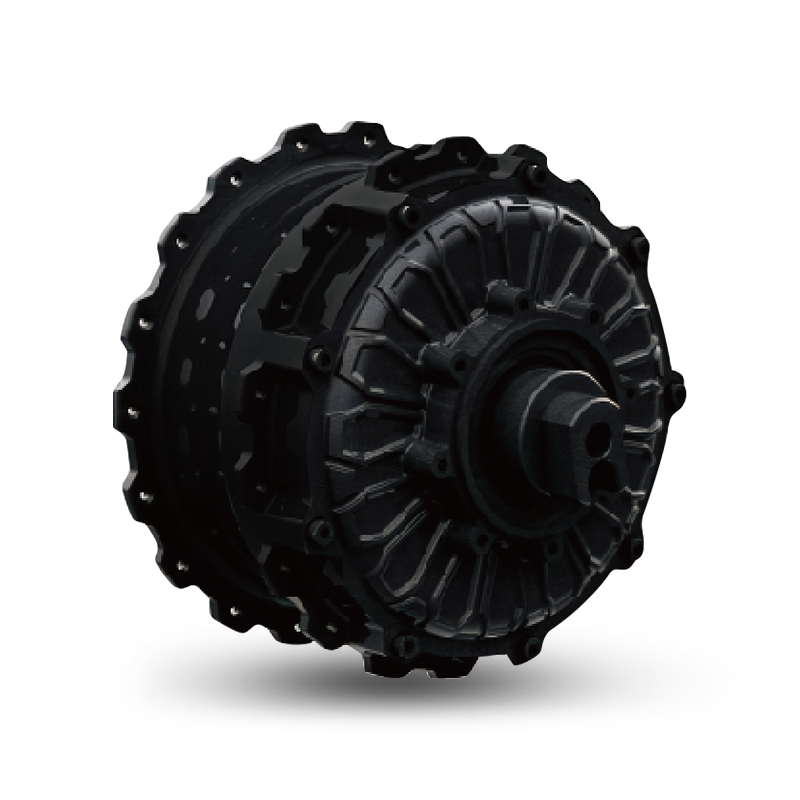 S-TYPE Max THRU AXLE Rear Hub Motor
S-TYPE Max THRU AXLE Rear Hub MotorThe S-TYPE Max thru-axle motor is designed for E-Fat, Moped, and Cargo applicati...
-
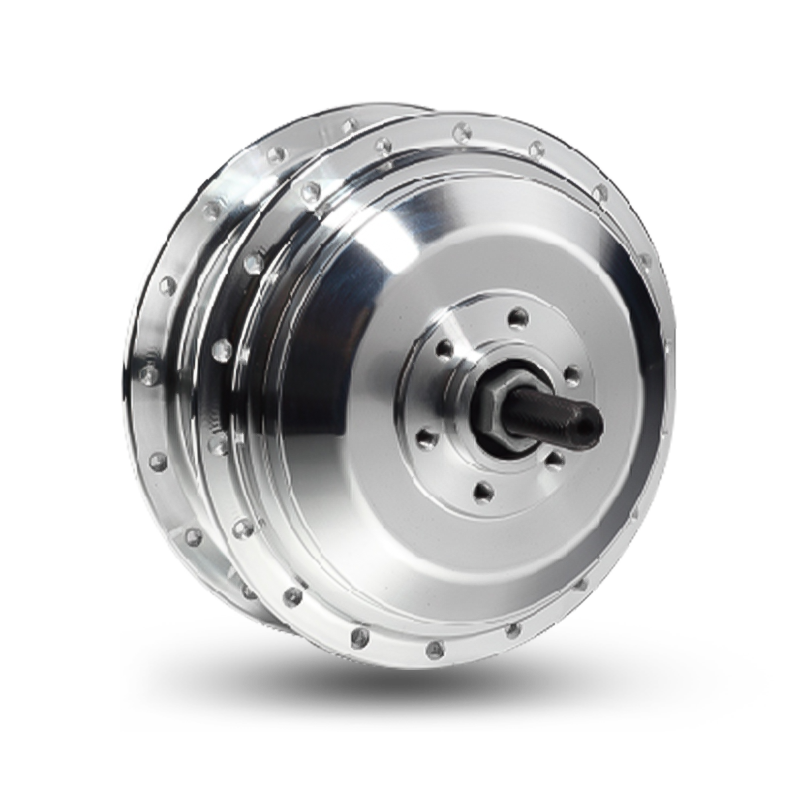 C-Type R350 Rear Hub Motor
C-Type R350 Rear Hub MotorThe C-Type R350 Rear Hub Motor, designed for city e-bikes, offers a rated power ...
If you are interested in our products, please consult us
- Address:No. 3 Dingqiao Rd, Jiangshan Town, Yinzhou District, Ningbo, Zhejiang Province, China
- Phone: +86 13806662915
- Email: K.zhang@hengtai-cn.com



 English
English 中文简体
中文简体